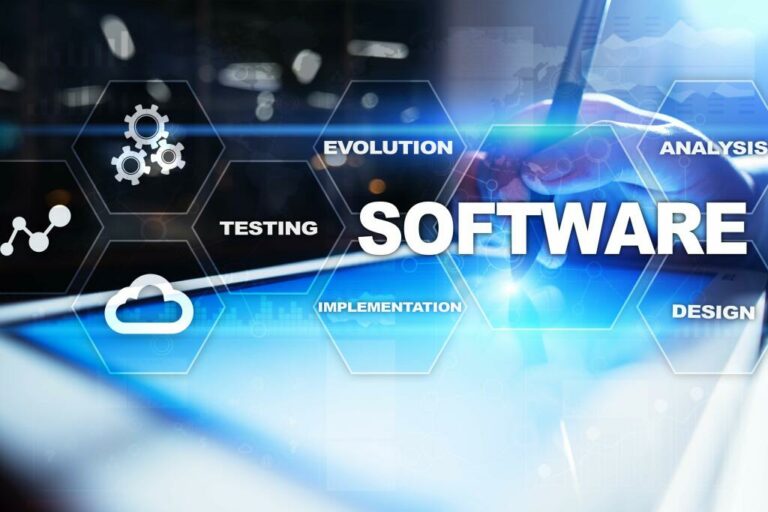They are triggered by commits to the codebase and integrate with code repositories, version control systems, and DevOps tools. As of 2020, up to 62% of teams at an advanced stage of their DevOps evolution process were already implementing CI/CD workflows to meet their business demands. This is partly ci cd monitoring a result of organizations adopting more self-service offerings as their DevOps teams evolve. However, in some instances, choosing the right CI/CD pipeline tool can be quite challenging. This article explores the best CI/CD tools for DevOps and their core features to help you make the right choice.
Just like CI optimizes building and testing processes, continuous delivery boosts the efficacy of packaging and deployment activities. GoCD is an open-source CI/CD server that models and visualizes complex workflows with ease. GoCD's Value Stream Map offers real-time visualizations of where your projects are in the pipeline and increases efficiency with parallel execution and dependency management. GoCD has additional support for user authentication, and it offers tracking and diff comparisons to streamline the debugging process. Continuous integration solves this pain point by frequently integrating code — typically once or more each day — so that any conflicts that do occur will be simpler and easier to resolve. CI also involves automated testing to verify the code meets requirements and to catch bugs sooner.
Developers
Frequent modest software upgrades made possible by Continuous Integration and Continuous Delivery in DevOps make it simpler to identify defects when they arise. The customer can swiftly resume working if developers want to roll back the modification or quickly resolve bugs. There are fewer places for conflicts https://globalcloudteam.com/ to hide when the repository has multiple commits. Instead of making radical changes, make incremental, frequent iterations. If there is an issue or conflict, it is simple to roll back changes by performing this. Early and frequently, you should integrate code into your trunk, mainline, or master branch.
Development teams can set these variables, mask variables like passwords and account keys, and adjust them for the target environment when deploying using CI/CD systems. A successful CI/CD process is an effective way to hasten deployment and increase the value of each release for users. Allowing constant contact between teams and employing automated processes, shortens the deployment period. It is open-source software that you can use to run with any operating system, and it offers several built-in plugins for building CI/CD pipelines. With Jenkins CI/CD server, you can automate the various stages of your delivery pipeline. Thriving for maximum and optimum efficiency is the primary goal for every software development team.
Best practices when adopting continuous integration
Azure DevOps is a software development platform that automates the entire deployment process, from development to testing and operations. Azure DevOps integrates with Visual Studio 2017 and Travis CI so you can easily deploy code changes in production. Additionally, AzureRM supports container orchestration, which makes it possible to run multiple containers simultaneously on one or more servers.

Visuals make the implementation process seamless by ensuring that everyone is on the same page right from the beginning. Continuous improvement by constant testing, acting on feedback, and learning from failures to optimize cost, performance, and time to deployment. In a CI model, your developers should be integrating code changes as soon as possible. But if a code change breaks your main branch and your developers keep adding more changes, it becomes difficult to identify what caused the initial failure.
By team function
CI build tools automatically package up files and components into release artifacts and run tests for quality, performance, and other requirements. After clearing required checks, CD tools send builds off to the operations team for further testing and staging. CI begins in shared repositories, where teams collaborate on code using version control systems like Git. A VCS keeps track of code changes and makes them easy to revert if something breaks.
- Everything that’s needed to build and configure the application and the system should be in your repository.
- Marketing and sales will be able to reference the CI pipeline to coordinate with customer facing communications efforts and events.
- It also frees up organizational resources to work on building code instead of testing existing code.
- This approach enables continuous delivery, zero-downtime deployment, and fast failure recovery.
- This process can result in more bugs, which take more time to comb through and fix.
CD focuses on delivering any validated changes to the code base—updates, bug fixes, even new features—to users as quickly and safely as possible. It ensures the automation of pushing code changes to different environments, such as development, testing and production. Continuous integration serves as a prerequisite for the testing, deployment and release stages of continuous delivery. CI/CD pipeline tools have revolutionized the software development and delivery process, enabling teams to accelerate their development cycles while maintaining code quality and reliability.
IT Service Management
Its visual pipeline editor and YAML-based configuration empower you to define intricate deployment workflows effortlessly. With tight integration with Microsoft Azure cloud services and other popular development tools, Azure DevOps ensures a unified and seamless development experience. Imagine a toolbox filled with plugins, ready to tackle any challenge you throw at it- that’s Jenkins for you!

You should focus on setting up a simple continuous integration process as early as possible. Even though continuous integration is important, it’s only the first step in the process. You also want to set up Continuous Deployment , the workflow that automates your software deployment and lets you focus on building your product. In this guide you will learn about all things continuous integration, how it ties in with continuous deployment and continuous delivery and how to get started with these practices. Once you know about them we talk more in detail about best-practices and workflows and are providing a thorough list of resources at the end. Continuous Integration is the practise of automating the build and testing of code when developers integrate the code and share it across the repository.
Example CI/CD workflow
Many additional tools exist for steps in the CI pipeline, such as version control, testing, build storage and artifact storage. The following are examples of CI pipeline automation tools commonly found in enterprise IT shops. CI releases can occur at any frequency, depending on the organization running the project. Generally, organizations that adopt CI release software more frequently than those using other software development processes.


